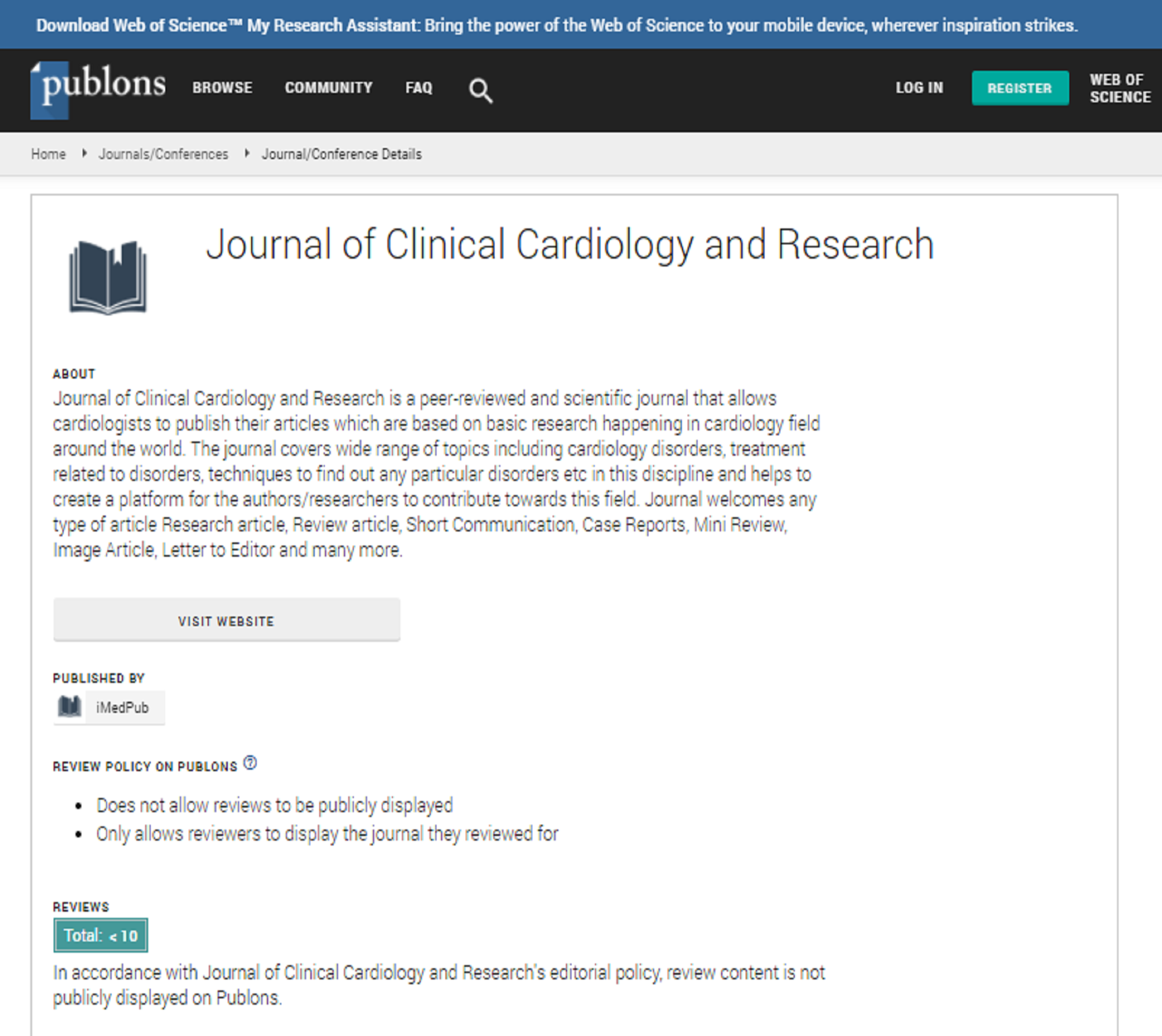Abstract
Impact of COVID-19 pandemics on the incidence and mortality in takotsubo syndrome: a report from Swedish Coronary Angiography and Angioplasty Registry
Background: The COVID-19 pandemic has resulted in severe psychological, social, and economic stress in our lives. Different states have applied various anti-pandemic strategies that substantially impacted citizens' psychosocial stress and health. TS is frequently triggered by negative emotional stress. It has been reported that the incidence of TS in the USA increased by ~400% during the pandemics (Jabri A. et al. JAMA Netw Open. 2020). Purpose: To determine the incidence and outcomes of TS in Sweden before (2015-March 2020) and during (April 2020-January 2022) the pandemic. Methods: We assessed the incidence rate ratio (IRR) for all patients with TS referred for coronary angiography in Sweden using the nationwide Swedish Coronary Angiography and Angioplasty Registry. IRR before and during the pandemics was calculated with Poisson regression adjusted for age and gender. We evaluated mortality with multivariable Cox proportional hazards regression, which accounted for the clustering of patients within hospitals. The following variables were used for adjustment: age, sex, diabetes, smoking status, hypertension, hyperlipidemia, previous infarction, and Killip class. Results: We identified 2,845 hospitalized patients (2,128 [75.0%] women) with TS during the study period; 2,189 (77%) pre-pandemic and 656 (23%) during the pandemic. The average age was 68.6 ± 11.3 years. The median follow-up time was 1179 days (IQR 509-1914). The crude all-cause mortality rate was 3.1% at 30-days and 14.2% after long-term follow-up. The incidence of TS was 18% lower during the pandemic (IRR 0.82, 95% CI 0.80-0.83, P<0.001). We found no difference in 30-days mortality (adjusted HR 1.26, 95% CI 0.74-2.14, P= 0.398) and long-term mortality (adjusted HR 0.87, 95% CI 0.59-1.27, P= 0.474) between the pre-pandemic and pandemic periods. Conclusions: In this observational study, the incidence of TS was lower during the pandemics. There was no difference in mortality. The lower incidence of TS in Sweden could be related to lower psychosocial stress at the national level than in other nations. This finding is congruent with the previously reported deacrease in the incidence of myocardial infarction in Sweden during the pandemics
Author(s): Elmir Omerovic
Abstract | Full-Text | PDF
Share This Article
Google Scholar citation report
Journal of Clinical Cardiology and Research peer review process verified at publons
Abstracted/Indexed in
- Google Scholar
- Publons
Open Access Journals
- Aquaculture & Veterinary Science
- Chemistry & Chemical Sciences
- Clinical Sciences
- Engineering
- General Science
- Genetics & Molecular Biology
- Health Care & Nursing
- Immunology & Microbiology
- Materials Science
- Mathematics & Physics
- Medical Sciences
- Neurology & Psychiatry
- Oncology & Cancer Science
- Pharmaceutical Sciences

